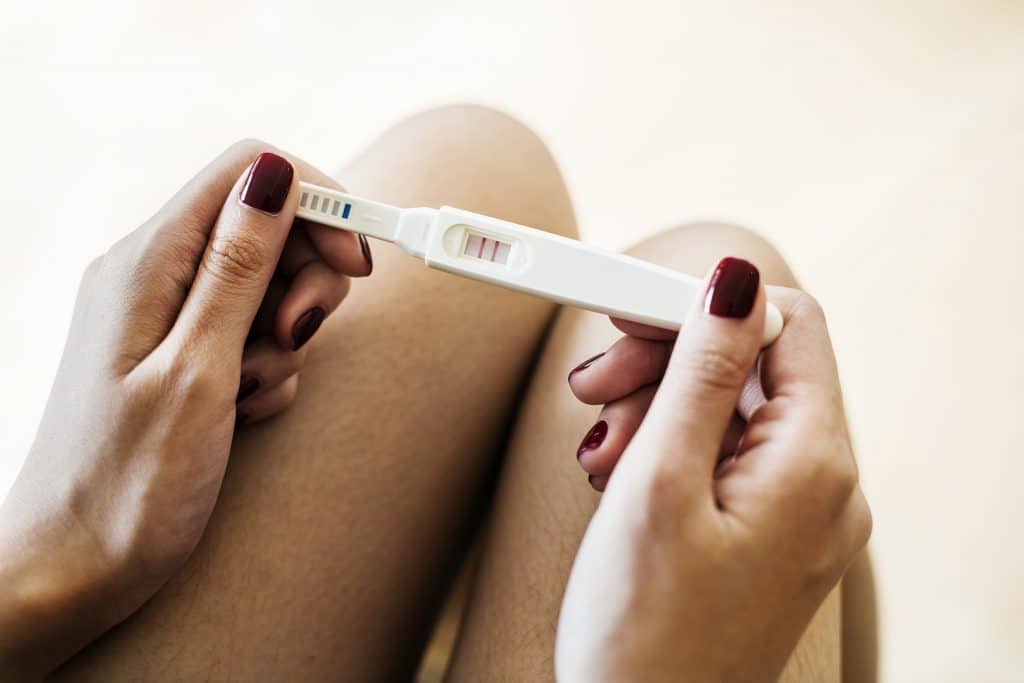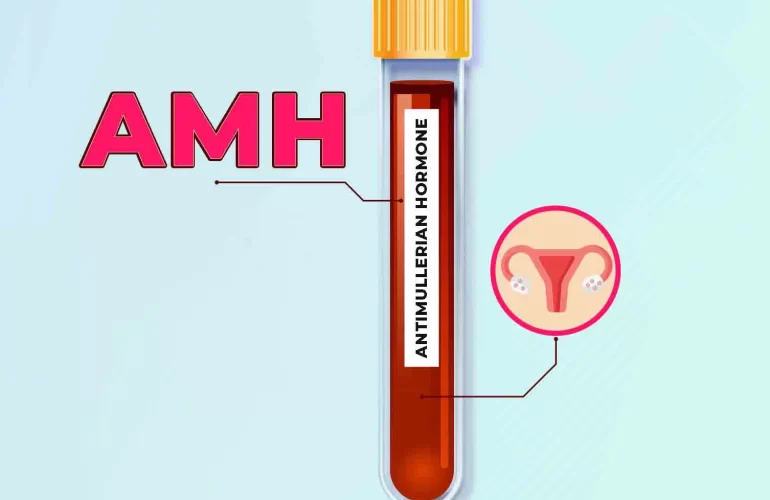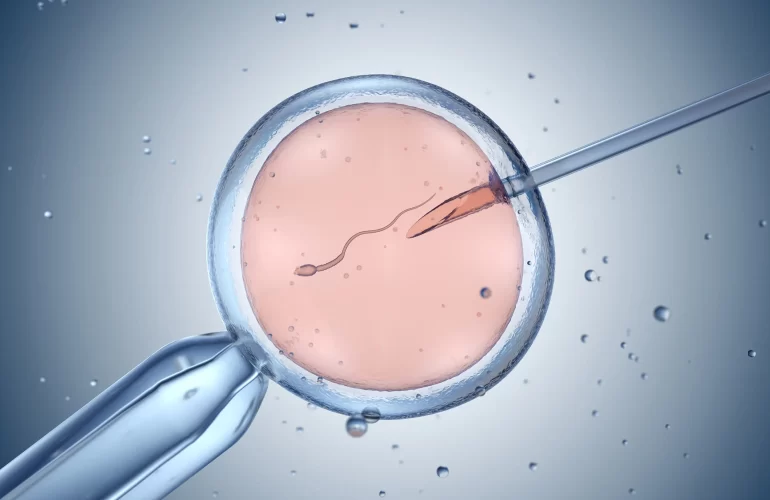Unlocking Fertility: A Comprehensive Guide to the IUI Procedure
For couples struggling with infertility, intrauterine insemination (IUI) can be a ray of hope on their journey towards parenthood. IUI is a widely used fertility treatment that can increase the chances of conception by placing sperm directly into the uterus. In this blog post, we will provide a comprehensive guide to the IUI procedure, shedding light on its process, benefits, and considerations.
What is IUI?
Intrauterine insemination, also known as artificial insemination, is a fertility procedure that involves the introduction of prepared and concentrated sperm into the uterus during the woman’s fertile window. The goal is to increase the chances of fertilization by bringing the sperm closer to the egg.
Step 1: Initial Consultation and Testing
The IUI process typically begins with an initial consultation with a fertility specialist. During this consultation, the specialist will review the couple’s medical history, conduct a physical examination, and may recommend certain tests to evaluate fertility factors such as ovarian reserve, hormonal balance, and sperm quality. These tests help determine if IUI is the right treatment option or if additional measures are required.
Step 2: Ovarian Stimulation (Optional)
In some cases, ovarian stimulation may be recommended to enhance the chances of successful IUI. Ovarian stimulation involves taking fertility medications, such as oral or injectable hormones, to stimulate the ovaries and encourage the growth and maturation of multiple eggs. This step may be skipped if the woman has regular ovulation or if the couple is using donor sperm.
Step 3: Sperm Preparation
Prior to the IUI procedure, the sperm sample provided by the male partner or a sperm donor undergoes a process called sperm preparation. This involves separating the healthy, motile sperm from the seminal fluid. The preparation may also include washing the sperm to remove any potentially harmful substances that could affect fertility.
Step 4: Insemination
On the day of the IUI procedure, the prepared sperm sample is carefully inserted into the uterus using a thin, flexible catheter. This process is usually painless and does not require anesthesia. The procedure is performed in a fertility clinic or a specialized medical facility, and it only takes a few minutes to complete.
Step 5: Post-Procedure and Wait for Results
Following the IUI procedure, the woman can resume normal activities and is typically advised to rest for a short period. The specialist may provide additional instructions on post-procedure care, including any medications or supplements to take. It is important to note that the success of IUI depends on various factors, including the woman’s age, overall health, and the quality of the sperm used.
Step 6: Follow-Up and Monitoring
After the IUI procedure, the woman may be advised to monitor her menstrual cycle or undergo blood tests to determine if pregnancy has occurred. A follow-up appointment with the fertility specialist is scheduled to assess the success of the procedure and discuss further steps if pregnancy is not achieved.
Benefits and Considerations of IUI
IUI offers several benefits, including:
- Non-Invasive: IUI is a non-surgical and relatively simple procedure, which makes it a more accessible option for couples seeking fertility treatment.
- Increased Sperm Concentration: By placing the sperm directly into the uterus, IUI bypasses any potential obstacles or challenges the sperm may face in reaching the fallopian tubes and increases the chances of successful fertilization.
- Timing Control: IUI allows for precise timing of insemination, ensuring that it aligns with the woman’s ovulation period and the release of the egg, maximizing the likelihood of conception
For more information regarding IUI, please check out Crown IVF’s website.
Last but not least, please do not forget to check out our previous blog post about Egg Freezing.




